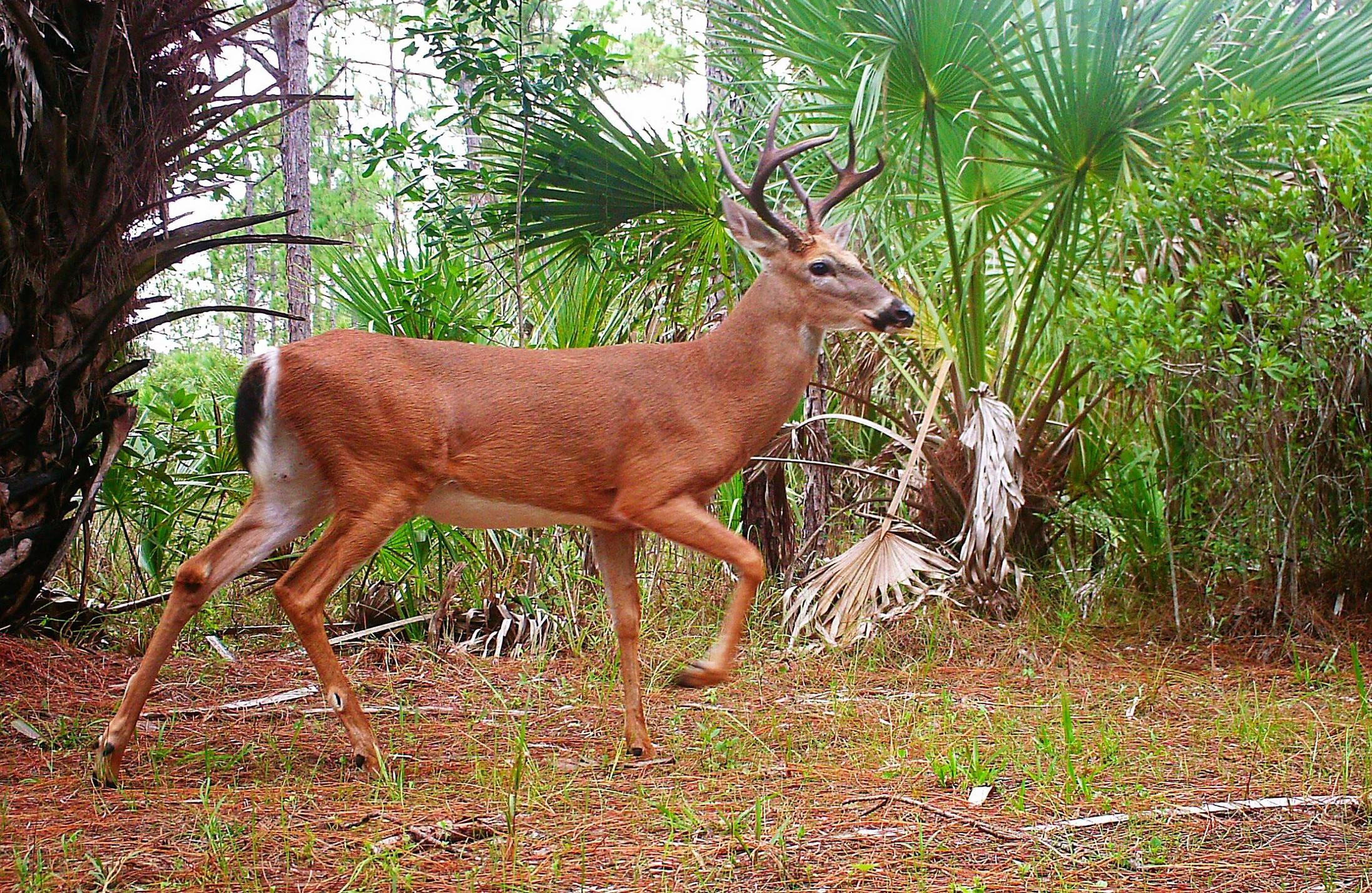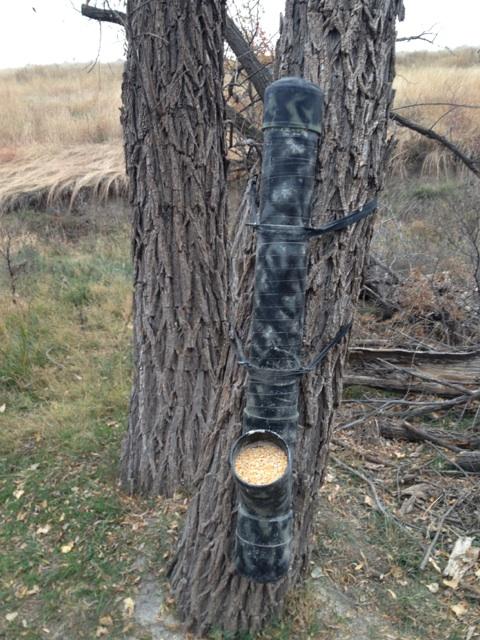
There are many choices when it comes to choosing a bow type. You will learn the differences between Longbow, Recurve and Compound Bows. You will be amazed at all the options you have! Keep in mind that there are many types of bows to suit different needs, so you can find the right one for you. No matter your level of archery experience, there is a bow that will suit you. Below are examples of each bow type.
Compound bows
A compound bow multiplies your energy input by increasing the distance, much like a block and tackle game. This is because the inner pulling pulley uses the same amount of energy as the larger pulley but pulls the rope over a shorter distance. You can transfer more force to an arrow if you have more energy than you can put to a short distance. Complexity of compound bows and their many moving parts make it difficult to repair in field.
Compound bows are often equipped with sights, which help the user draw back the string, thereby improving precision and user-friendliness. This release aid clips onto the string to allow you to release the string without touching it. A compound bow should have a release aid. This device greatly improves user-friendliness as well as accuracy.

Longbows
The early history of warfare can be traced back to the use of longbows. The English, Welsh and other Europeans had the longbow as the dominant weapon during the Middle Ages. Its use is recorded in many historical accounts, such as those of Crecy, Poitiers, and Agincourt. A yew longbow with a leather wrap was found in Somerset in 1961. The weapon may have been used by Scandinavian peoples as early as the Neolithic period.
Traditionally, longbows were made from yew wood. They were made from yew wood during winter, when the sapwood and heartwood of the tree meet. This wood was then aged for 3-4 years before being used. A wooden shaft was then glued onto the yew shaft. Once it was assembled, the longbow could be used. It was no longer necessary to maintain its shape over the years. Archers were more precise than archers, although longbows were used in battle by ancient peoples.
Crossbows
Crossbows are typically delivered in a large box. While some crossbows are fully assembled and strung, some need assembly before use. This usually involves attaching and adjusting the bow section. The instructions for most crossbows make assembly easy. This type of weapon can be safely used. These are some steps you can follow:
A cocking aid is necessary to correctly cock the crossbow. A cocking instrument helps ensure the crossbow's level alignment when the trigger is pulled. A cocking aid is useful when shooting from a raised stand or ground blind. It allows the bow's legs to expand. This will ensure that the arrows do not canter and miss the target.

Recurve bows
Samick Sage, a beginner's recurve bow is a good choice. The bow is inexpensive but features a quality construction and is easy to learn on. The bow is great for practice as it can be used in all draw weights. However, it does not have the Spyder's low draw weight of 20 pounds. It is also very easy to use and it costs less than $100.
If you're a tall archer, a recurve bow may be an ideal option. The riser is made entirely of wood, and the legs have been rounded for a slimmer look. These bows are usually more affordable than many other bows. These bows are ideal for beginners and can easily be upgraded if needed. However, it is important to consider the draw weight before purchasing a bow.
FAQ
What is the most important aspect of hunting animals
How do we get there First, we need to know how to shoot accurately. Then, it is important to know how to hit the target. We must also learn to adjust when we miss our target.
Knowing what you are doing is the most important aspect of hunting. You will never be able to improve if your knowledge is not up-to-date. It might seem like you have improved because of your better shots. But if it wasn't so, those shots won’t make any difference. It's the same with hitting targets. It's impossible to understand why you're not hitting your targets. This means that you must know what you are aiming for.
This is where knowledge comes in. Your ability hunt depends on how well you know the animal you want to kill. You want to learn as much about the animals that you see while you are out in nature. You need to be able to identify their habits, behavior, and personalities. You can plan your hunts in this way to ensure they run smoothly.
Learn from those who have succeeded in the past. There are many books available on this topic. In addition, there are websites like www.thehuntingzone.com that offer great tips and advice. People with many years of experience are another benefit. They can help you to identify what works well and what doesn’t.
It's time for you to practice once you've learned all that you can. Practice makes perfect. But you should not practice until you feel great. Instead, you should practice until your confidence grows. Confidence allows you to relax and enjoy the process. Relaxation makes it easier to concentrate on the task at-hand. Concentration allows for you to make the most of every opportunity. Opportunities only come when you are relaxed and focused.
You're now ready to test your new skills. Don't worry if you fail. You can keep improving and practicing. Eventually, you'll find success.
What kind of training should I get to hunt? How long does it take?
An introduction course is necessary to learn how hunting works. This course will teach you about hunting and give you information about the laws.
You will be taught how to safely handle ammunition and firearms. Instructions will also be provided on how to safely use these weapons.
This course lasts anywhere from two weeks to three months. Some courses are offered online. Others are taught in person.
A written test must be passed to become eligible for a licence. You might also need to prove that you have successfully completed a hunter education program.
How much does it cost to get licensed? What if I don’t make enough money?
Costs for getting licensed vary depending on which state you are in. It ranges from $20 to over $100.
You may be eligible to receive a grant or loan if your income is not sufficient.
In addition to the fee, you will need to purchase a tag. Prices vary depending on which type of game is being hunted.
You can purchase tags for bears, elks, mooses, waterfowl, birds of the highlands, and furbearers (such foxes)
Some states require you register at the Department of Natural Resources before applying for a license.
Before you begin hunting, check local regulations to ensure you are following all rules and requirements.
What are the benefits of hunting?
Hunting is a long-standing tradition that has been practiced in many cultures. It was used for food and shelter as well as tools and medicine. Modern hunters hunt not only for sport but also for recreation and food. The meat from hunted animals is often eaten immediately after killing, while the skin, fur, feathers, bones, antlers, horns, teeth, hooves, and other parts may be sold as trophies.
Hunting isn't just a way of eating; it's a lifestyle.
People who hunt have strong family ties and friendships because they spend time together. They share their stories and memories over meals and around campfires.
Hunters love nature and wildlife which allows them to appreciate life on Earth.
When they take care and look after the game animals, they develop responsibility and respect.
Conservation helps hunters be better citizens. They work to protect habitats, species, and the environment. They are aware of how much land and water is needed to survive.
Hunters are part a larger community. Their families rely on them. They help each other. They support local companies.
Hunters are also able to give back to the community. Many hunters give money to help veterans and the elderly.
Hunters may also offer their time and help to those in need. For example, they could work with the Humane Society of the Red Cross.
What is the cost of becoming a hunter?
Hunting is expensive, depending on where it's done.
In some cases, you might only have to pay a small fee to access public lands.
Some states require permits and licenses before you can hunt.
The price of hunting varies based on the type of firearm you use. A rifle is usually more expensive than a shotgun.
A license costs between $10 and $50. You may need additional tags depending on how many days you hunt.
A permit is required to hunt certain species. The species you hunt will dictate the amount you pay.
For wild turkey hunting, you'll need to purchase a $150 tag.
How much does it cost to hunt?
Prices for hunting trips vary depending on where they are taken, the species and size of the animals being hunted.
An average hunting party of two persons costs $500-$1,000 per person. This includes accommodation, food as well as equipment, licenses and gas.
Certain areas have higher prices than others. If you plan to hunt during peak seasons, such as fall turkey season, expect to pay even more.
How many people in the US rely on hunting?
The United States has more than 300 million hunting dogs. This means that hunters are twice as numerous as those who live in New York City.
Hunting has been a popular American pastime for centuries. But, Americans are hunting less for sport today than ever. According to the U.S. The U.S. Fish & Wildlife Service reports that only 2 percent shoot regularly. This number is even lower for young adults.
Hunting is still popular among older generations, even though it may seem old-fashioned. Recent research found that 68% of boomers plan on hunting again when they retire. Hunting is a way for them to connect with the natural world and enjoy the outdoors.
Younger generations may not consider hunting a priority. According to the National Shooting Sports Foundation only 18% of millennials consider themselves avid hunters.
FWS is determined to keep America's wild spaces open to everyone.
In 2014, the agency started the "Wild Lands” initiative to raise awareness about the importance of public lands. This campaign aims to inform people about the importance and encourage people to visit these areas.
The Wild Lands program also encourages conservation efforts. FWS and National Rifle Association have partnered to create Project Gunter, a youth shooting sport program. The program teaches children how to safely use firearms and helps them improve their marksmanship and safety skills.
Project Gunter is expanding to include minorities and women. As a result, more children are learning how to shoot guns and become active participants in wildlife conservation.
Which state has the most deer hunters?
Wyoming is the state with the highest number of deer hunters. It also sells the largest number of hunting licences each year.
South Dakota is home to the second-most deer hunter state. It is ranked third for the annual number of hunting permits sold.
New Hampshire is the state that has the lowest number deer hunters. It ranks last for the number of hunting permits per capita.
Statistics
- Licenses dropped from a peak of roughly 17 million in the 1980s to 15 million in 2019, according to The Seattle Times. (stacker.com)
- Less than 1% of Hawaii's population has a hunting license. (stacker.com)
- According to the Wildlife Restoration Act, passed in 1937, most of the state conservation efforts are funded through hunting and fishing license sales and firearms sales. (stacker.com)
- Indiana, for example, saw a 28% jump in turkey license sales during the first week of the season. (stacker.com)
External Links
How To
How to build deer blinds
A deer blind is a type of hunting device used to hide from game animals such as deer, elk, etc. It is usually made from wood or canvas and covered with branches or leaves. The hunter waits for the animal's arrival and hides in the enclosure. For hunting at night, deer blinds are often used.
There are many options for deer blinds. Some are portable while some are permanent. These structures are usually made of plywood, cardboard, plastic or canvas and metal.
Box blinds are also known by the name box stands. These deer blinds consist of a wooden frame with a roof, walls and roof. Boxes are very popular because they are easy to construct and transport.
A tree stand, another type deer blind, is also available. Tree stands can be made natural to appear natural, so people won't suspect that they are there. Most tree stands can be permanently attached to trees.
Ground blinds, similar to tree-stands but built into the ground, are another option. Ground blinds can be camouflaged using grass, dirt or rocks. Ground blinds are sometimes referred to as "ground boxes."
There are several ways to hunt with deer blinds. Another way to hunt with a deer blind is to simply wait for it to approach. There are two options. One is to try and scare the animal away by moving around. You should be quiet and not move too much if this is the method you choose. This could lead to an animal believing you are a threat and running off.
The first step in using a deer-blind is to choose a location. You should pick a place where the wind won't blow your scent toward the animal. Avoid hiking areas.
Make sure that you are able to set up your deer blind correctly. Otherwise, the animal will see you and run away.